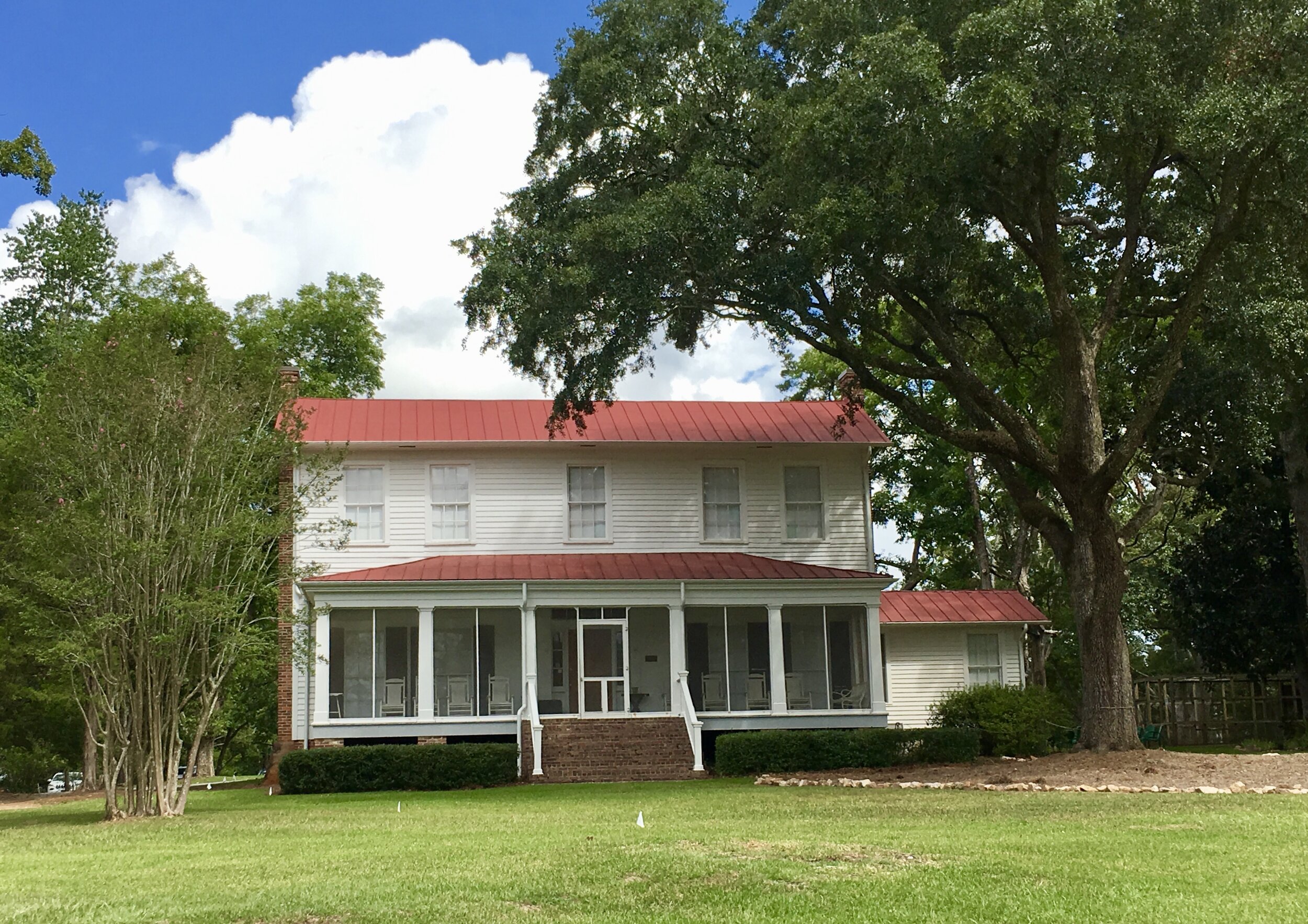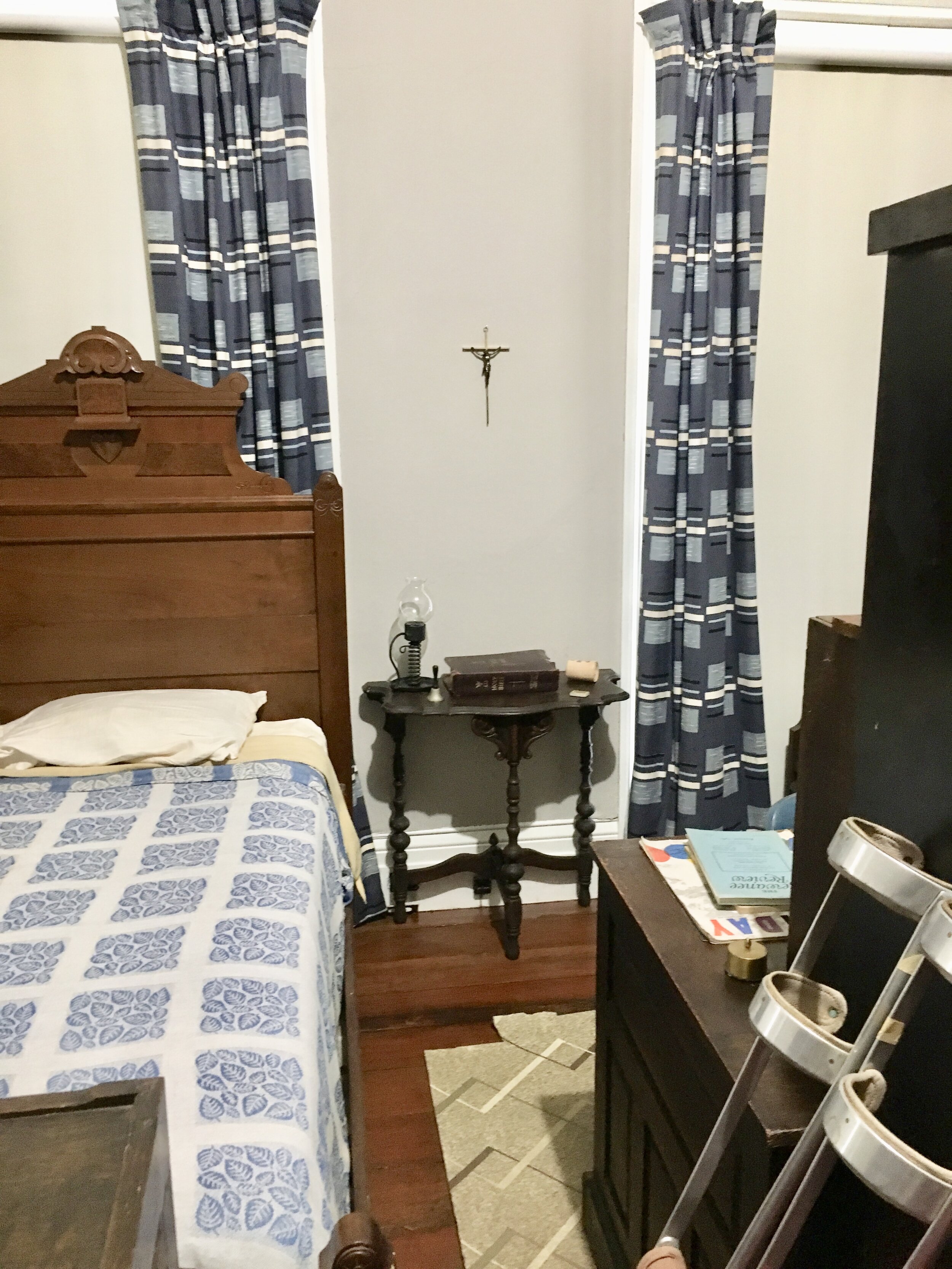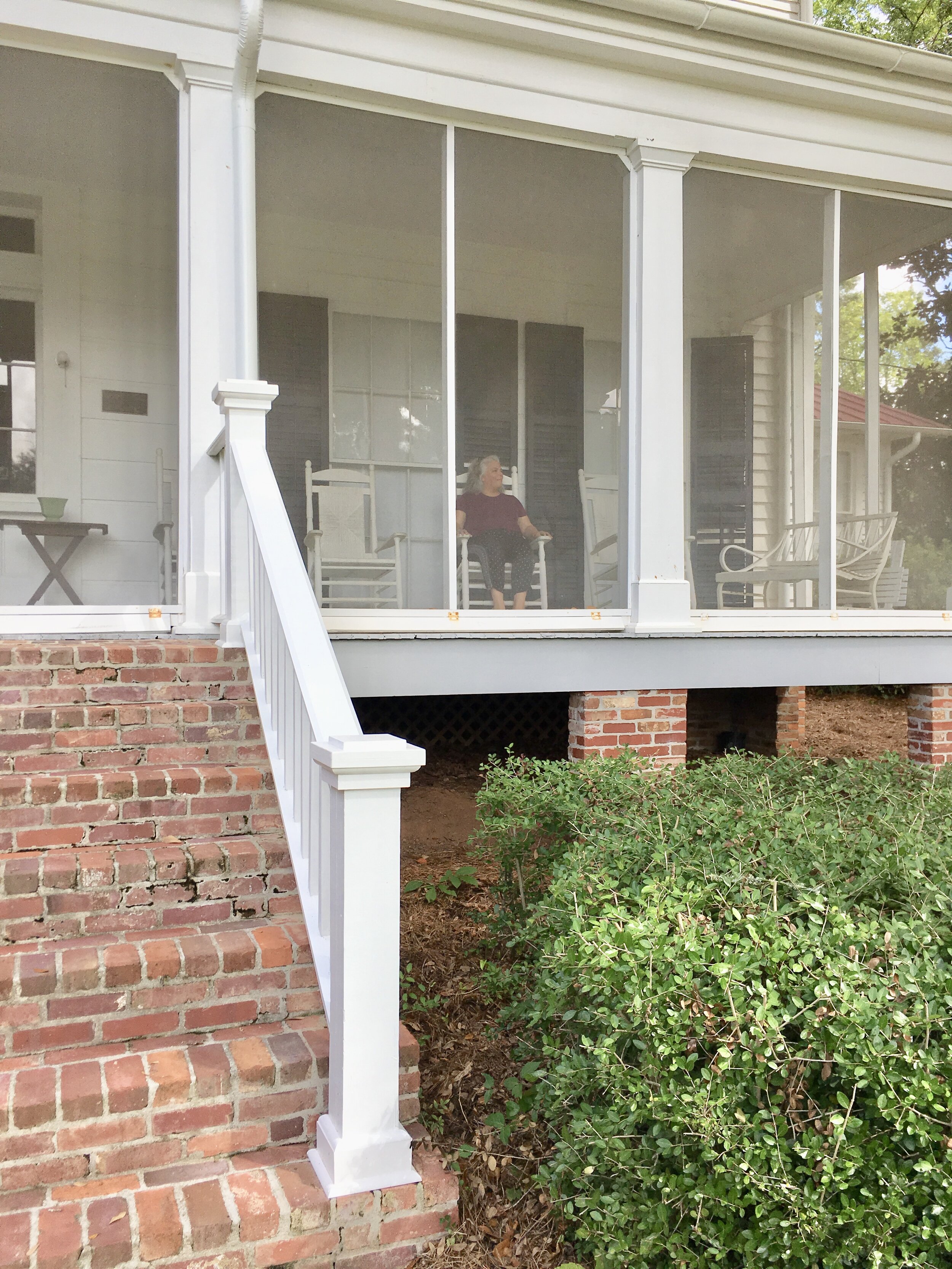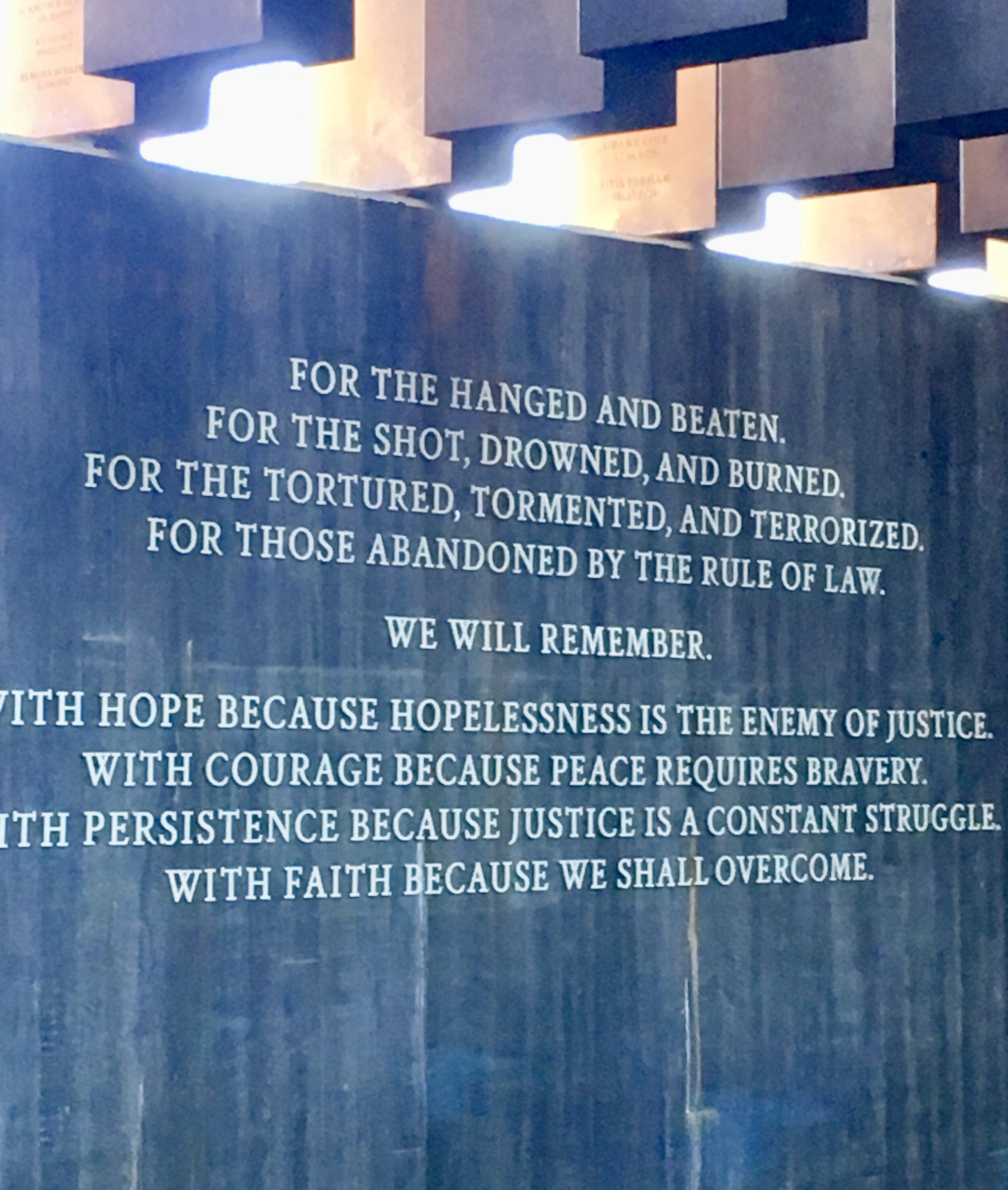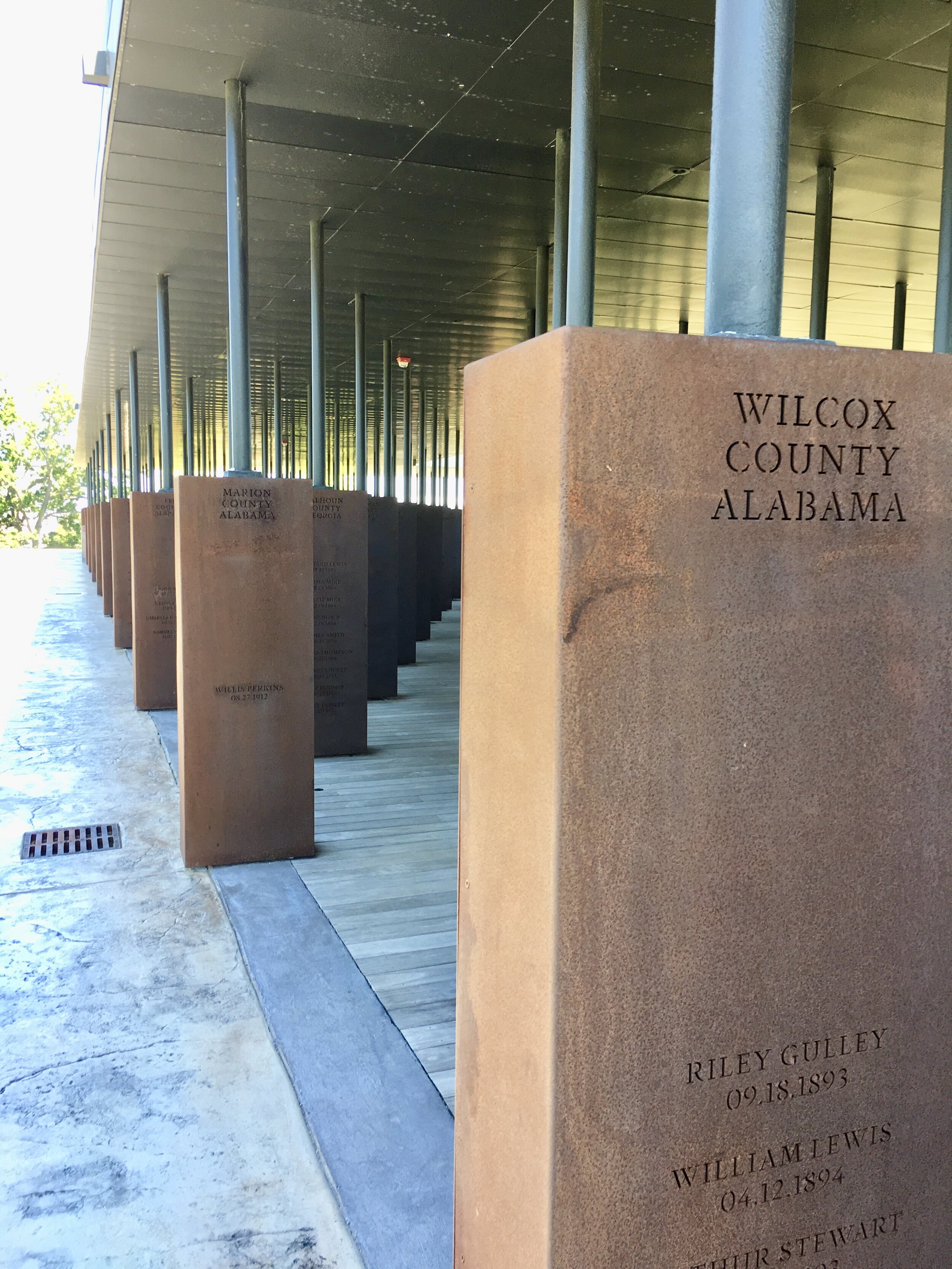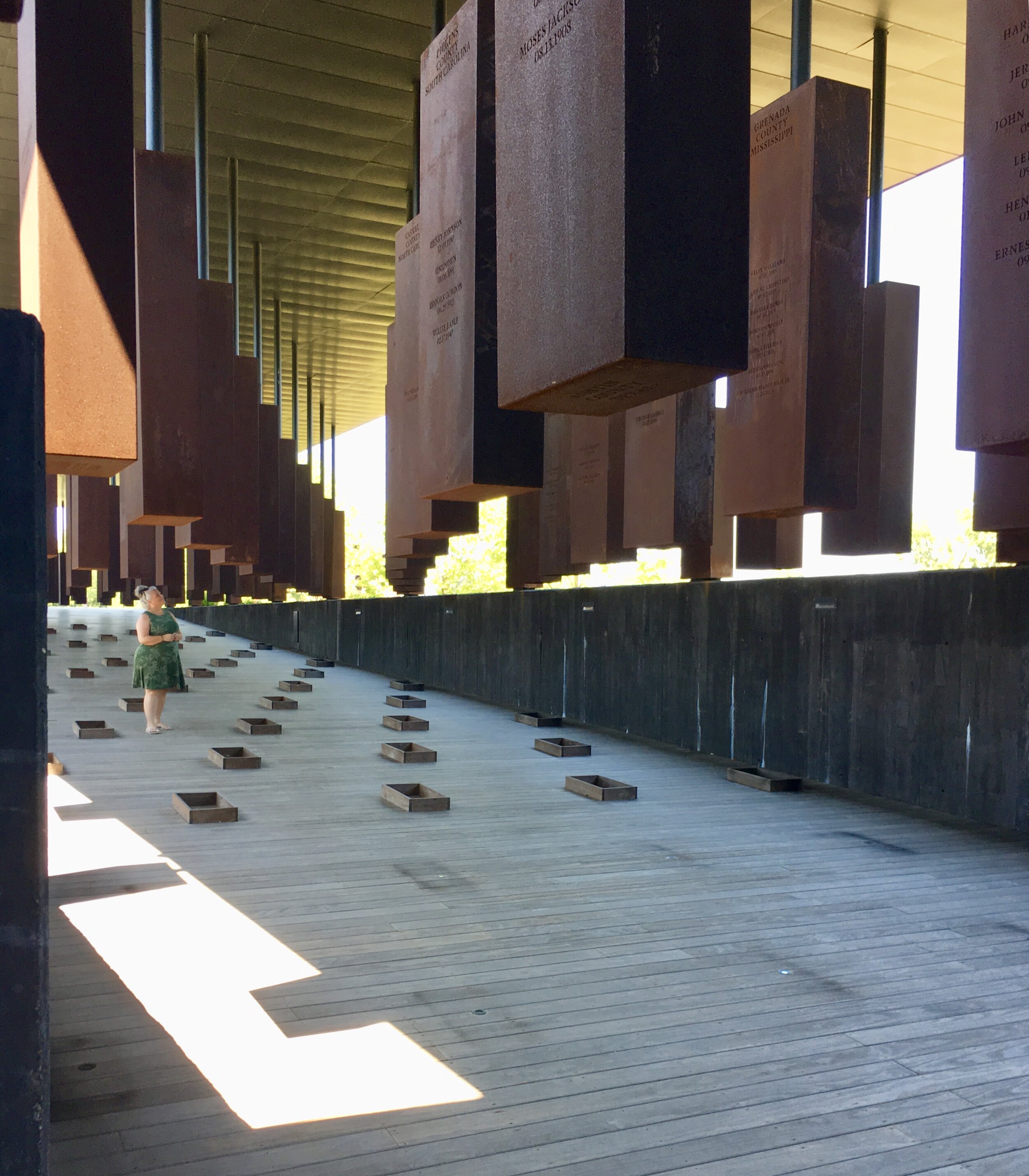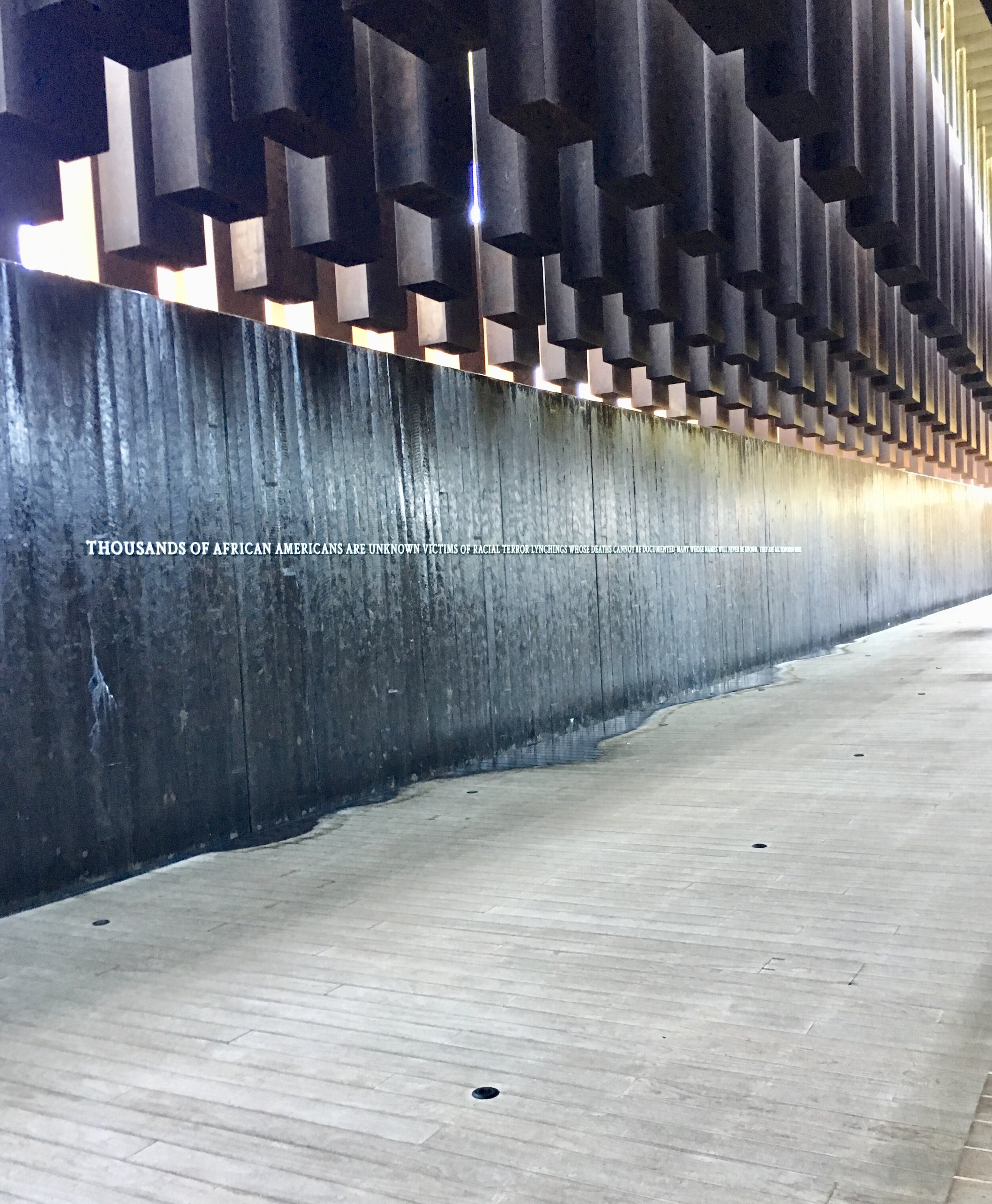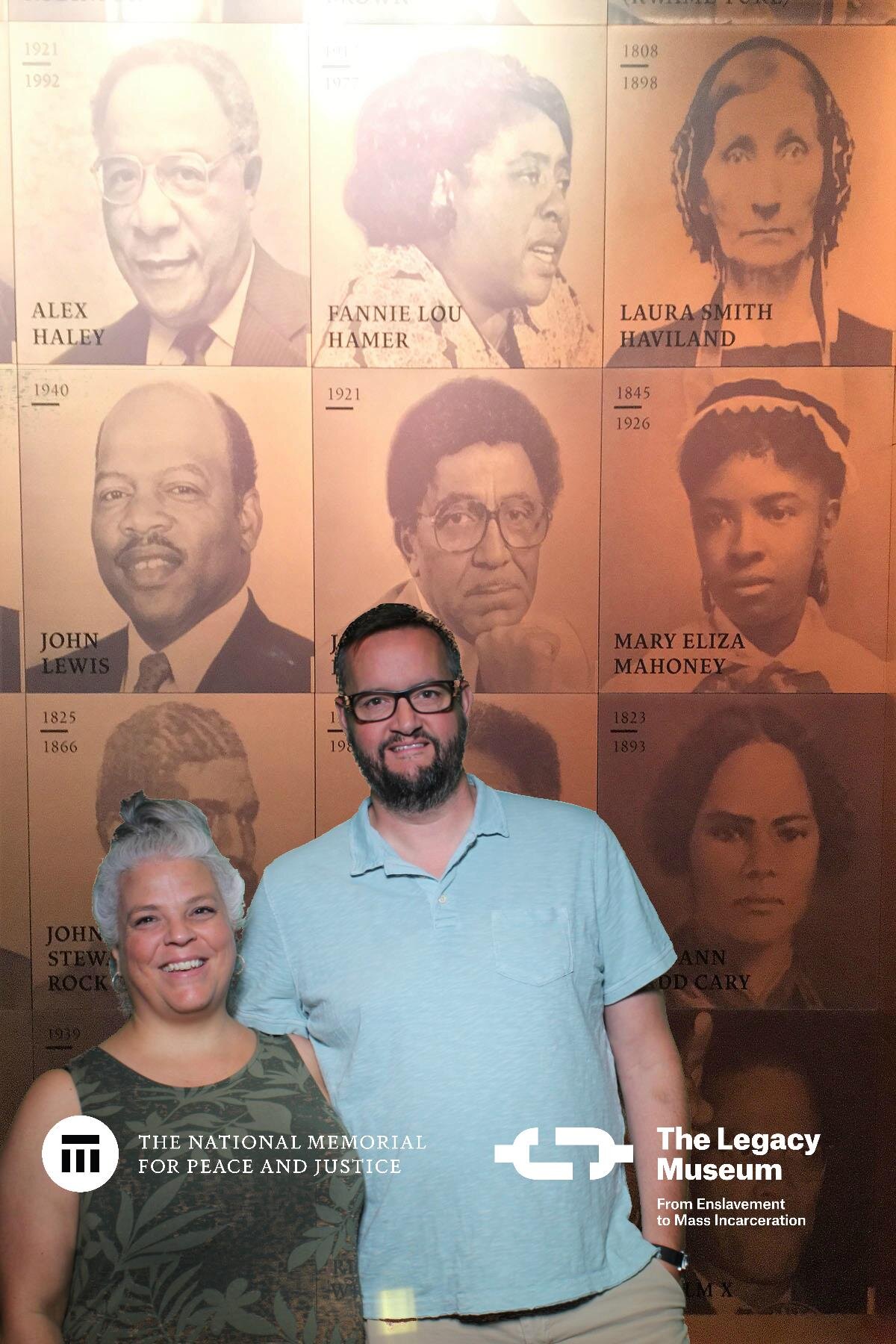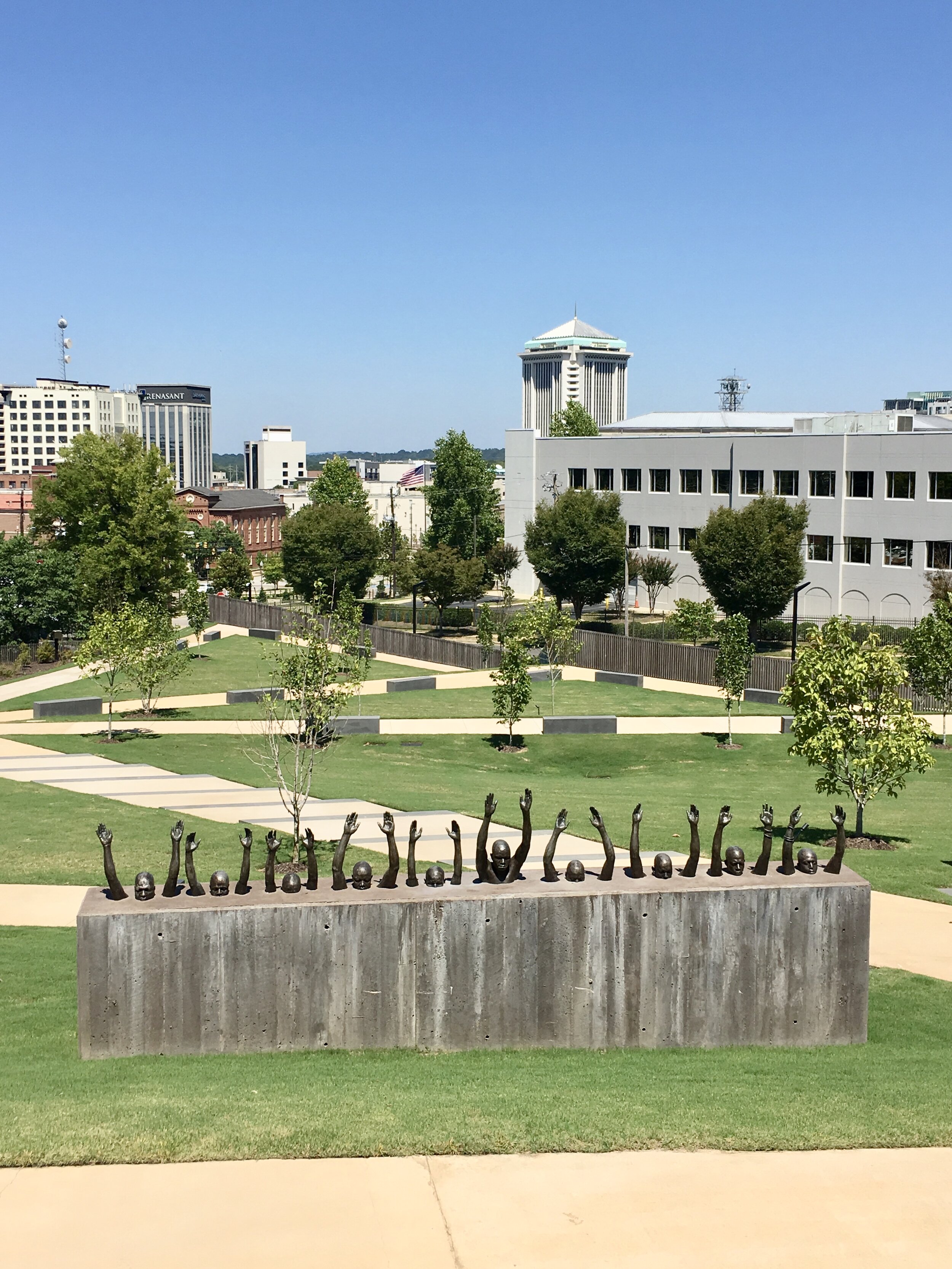Weekend Daybook: the what-we-did-this-summer edition
A curated list of what I've been up to lately: places, people, books, podcasts, music, links & more for your weekend downtime.
I’m happy to be back sharing some of my favorite things. It was a hard and good summer, and we’re celebrating the kindness of God and our community in walking through some hard things. Thank you, too, friends, for your encouragement. I’m grateful
(1) photo from this week
Walking with a friend around the pond at Grace Farms in New Canaan, CT.
I adore the end-of-summer’s overgrown wildflowers and vegetation. It feels like the entire earth (at least in the Northeastern United States) gave up mowing the lawn in favor of snoozing in a patch of sun. Last week a friend and I drove to one of my favorite spots in Connecticut for a writing day. We managed a little bit of writing, a lot of life-giving conversation, and a sweet ramble across the meadow and around the pond at the always-gorgeous Grace Farms. Along the way we met a robust cricket, comical praying mantis, and debated picking apples off the bulging trees that didn’t belong to us.
This is the way to spend a day in September, friends. I hope you’ll get a similar opportunity this weekend wherever you call home . Here’s some of my favorite good things for your browsing enjoyment.
(2) non-nonsense literary women, I kind of adore but who also intimidate me
The Woman Beside Wendell Berry: The Most Important Fiction Editor Almost No One Has Heard Of via Yes! Magazine | On women’s work, small-town living, and editing Wendell. “I brought in a review, somebody praising my work, and I said, ‘Look at that.’ Tanya said, ‘It’s not going to change a thing around here.’”
Flannery Film from filmmakers Elizabeth Coffman and Mark Bosco and Produced with the support of the Mary Flannery O'Connor trust, the National Endowment for the Humanities, Emory University, and the Georgia College & State University. | We zigzagged through the Deep South on our route from Austin back to Connecticut this summer. Imagine my delight when we realized Milledgeville wasn’t too far off the beaten path!
Flannery Trailer from Elizabeth Coffman on Vimeo.
(3) photos from our tour of Andalusia Farm in Milledgeville, GA
I seem to be especially drawn toward authors I’d be afraid to actually visit in real life. Brian and I were the first ones to arrive and managed a private tour of the home Flannery lived with her mother from 1951 until her early death in 1964 at age 39. When Flannery died from complications of Lupus, her devoted mother left the house untouched. Georgia College (formerly Georgia College for Women), O’Connor’s alma mater, has meticulously recreated the property. I found her bedroom especially meaningful as all of the furniture collected near the doorway to accommodate Flannery’s increasing immobility. Her bed, dresser, desk,, typewriter, and aluminum crutches cluster around a large Bible and simple crucifix. Other than the peacocks, ducks, and chickens wandering the grounds and the visitors who kept company with Flannery and her mother on the screened-in front porch, this bedroom contained O’Connor’s universe. Such a small, tightly-gathered space for the imagined characters that still haunt Flannery O’Connor’s readers today.
Related:
In Search of Flannery O’Connor an NYTimes writer shares his experience visiting Andalusia in 2007
Flannery O'Connor's Writings: A Guide For the Perplexed via Intercollegiate Studies Institute | “But many who are not squeamish have been fixed and fascinated by the power of humor, the clarifying Christian vision, and the blend of comedy and spiritual drama in her fiction.”
The time I convinced my church friends to read all of Flannery O’Connor’s short stories with me and they agreed!
(4) helpful resources to ground your days in a meaningful way
September and January. These are the months I feel like I get a second chance to order my days. Here’s some of the resources that are helping me frame my life with intentionality this fall.
Common Rule Fall Reset via The Common Rule | I’ve been reading this book slowly and am grateful for this two-week Scripture-reading plan to help me dig in more fully. The tagline “habits of purpose for an age of distraction”? Yes, please.
My Daily Bookends via Art of Simple | Tsh Oxenreider’s been sharing her morning and evening routines for years and I’m always glad for her reminder. If nothing else, we can all join her in the first thing she does each morning after turning off her (non-phone) alarm.
Start With This Simple Rhythm via The Next Right Thing podcast | Emily Freeman shares a basic structure for her morning that looks and feels the most like my own.
Crafting A Rule of Life | Steve Macchia’s book is the guide given to me as part of my spiritual direction certification process. I’ve been revising my own Rule of Life for the past two years and hope to share it with you in the near future. For now, enjoy browsing through the posts to see different examples from differing people hoping to live by a “well-ordered way”.
(5) excellent articles on the Gospel implications of our daily work
Read this first: More Work Stories: bringing back a favorite for Ordinary Time
Last fall, during the waning weeks of Ordinary Time, I invited a dozen or so friends and acquaintances to share a day in their work-life as a contribution to a weekly written series called “Work Stories.” In all my years inviting stories on diverse subjects ranging from lament to favorite hobbies, I’ve never had an easier time finding willing participants.
As I began to have more volunteers than weeks left in the series, I recognized the benediction I’d inadvertently conferred on each guest. The invitation to present a snapshot of their weekday work life in a space committed to liturgy and sacrament helped the contributors rightly frame their livelihoods as participation in the kingdom. The guest contributors seemed energized by the opportunity to share a bit of their everyday occupational lives, and in turn, told me they’d received a renewed sense of gratitude for the community with which they spend the majority of their lives—their colleagues.
This year again, I’m delighted to share some stories from a few friends who are on the same journey of living out their callings one day at a time. I’ve asked them to give us a one-day snapshot into their work life that will help us see what they know to be true right now about who they are made to be. Some live out their callings in a way that they get paid to do the thing they’re most uniquely suited to be in this world, others work jobs that pay the bills so they are able to pursue those callings. Most are a combination of the two.
Here’s more encouragement to view your work life through the lens of the Gospel:
Our Work, God’s Work by Bill Haley via In the Coracle | “Our work in the world was designed to be and continues to be how God does God’s work in the world.”
Finding Christ in Our Work by Dallas Willard via Renovare | “If one will simply learn from Jesus how to do our work we will find the promise, “I am with you always,” to be the sure basis of abundance of life, whatever the “job.”
A World Without Work? by Steven McMullen via Comment Magazine | “Our true challenge is not to avoid work but to figure out how to do the most good possible as we participate in commercial life.”
Thinking And Writing About Your Work by Nancy Nordenson via The Livelihood Project | You’ve probably heard me reference Nancy Nordenson’s beautiful book, Finding Livelihood (which was recently republished by Metaxu Press). In this post, Nancy offers a free journal download to accompany the book or use it on its own. The guided journal that you can download, print out, and write in offers 18 excellent writing prompts to help you think well about your work life.
Christianity and Labor – Essential Books for a Deeper Understanding via Englewood Review of Books | On Labor Day weekend, ERB shared a list of some very helpful books for Christians that reflect on the virtues of labor and its role in flourishing human societies. Some of the books explore the relationship of Christianity to organized labor, others explore crucial facets of vocation and work. (And here’s a counterbalancing list of books on Sabbath, rest, and recreation.)
(6) photos from our visit to The National Memorial For Peace and Justice
Speaking of books we’ve read with our church friends, Brian and I we detoured into Montgomery, AL to visit the National Memorial for Peace and Justice and the Legacy Museum (created by Bryan Stevenson’s @eji_org) on our drive from Austin back to Connecticut.
I don’t have words yet for the entire experience yet, except for this: Go.
The emphasis the museum makes on the progression from the slave ship to the auction block to the plantation to the back of the bus to the prison cell underscores everything Bryan Stevenson has spoken and written in an unforgettable, multi-sensory experience. The lynching memorial itself - each metal block representing one COUNTY in the US where lynchings occurred (as recently as 1950) - left us speechless.
May God’s Spirit open our eyes, hearts, minds, hands, and mouths for Peace and Justice.
(7) posts from the archives
2018 - Charting our calling
2015 - Waiting for our next step
2012 - Parenting Unrehearsed: It does take a village & Upon One Year in Austin
2011 - On Being Kingdom Culverts When All Others Have Crumbled
2009 - study & spiritual reading [disciplines for the inner life]
2008 - Transforming Culture Symposium #4: THE ARTIST & Transforming Culture Symposium #3: THE WORSHIP
7 years ago
read: Upon One Year in Austin
May your weekend include some rest and some fun with friends and family. Peace...

